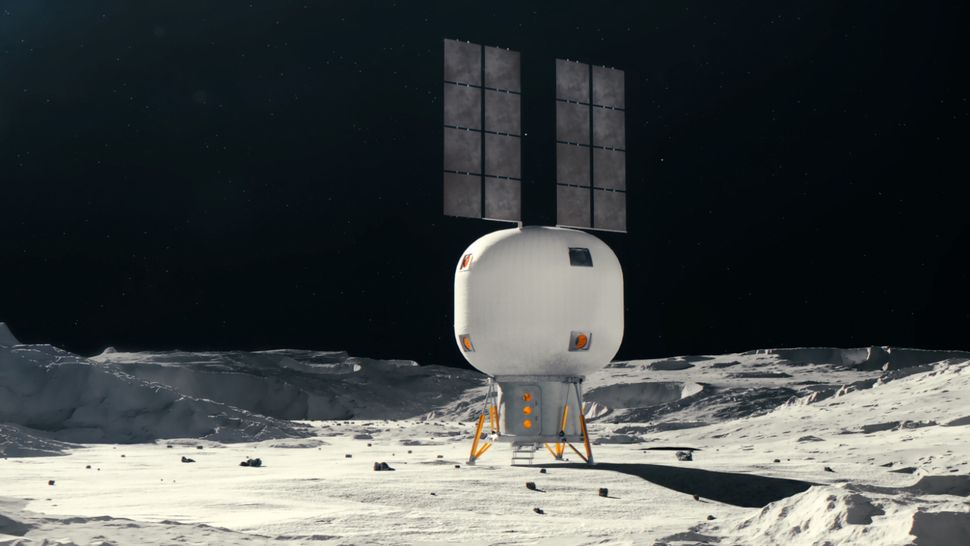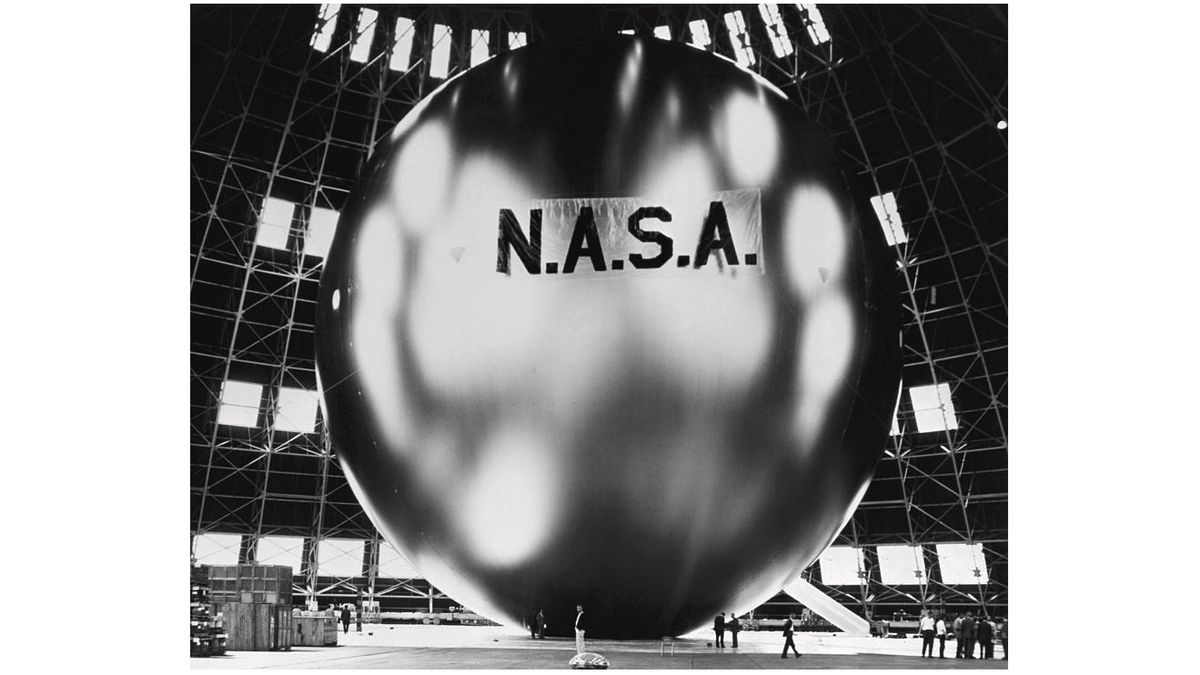Blowing up: Inflatable space habitats could be key to exploring the solar system
By Leonard David published 16 minutes ago
'The future of space is limited by space.'

Artist's illustration of a Max Space expandable habitat on the moon. (Image credit: Max Space)
It's high time to crank up the volume in space! That's the shout from several private firms that want to see an inflation factor for the future.
What is now being evaluated and tested is the use of "softgoods" to fashion inflatable/expandable airlocks and off-Earth habitats, not only for low Earth orbit, but also to provide comfy housing for future moon and Mars explorers.
First, however, there's a memory lane trip about this idea worth taking, one that also underscores how far things have evolved.

NASA's Echo balloon project in the 1960s tested relay communications. (Image credit: NASA)
The roots of inflatable space tech
Take for example, Project Echo, which involved two American spacecraft, the first launched in 1960 and the second in 1964. They were thin-skinned Mylar balloon satellites. These gassed-up balloons — Echo 1 expanded to 100 feet (30.48 meters), while Echo 2 inflated to 135 feet (41 m) — tested the reflection of microwave signals from one point to another on Earth.
More:
https://www.space.com/expandable-space-habitats-moon-mars-private-companies

